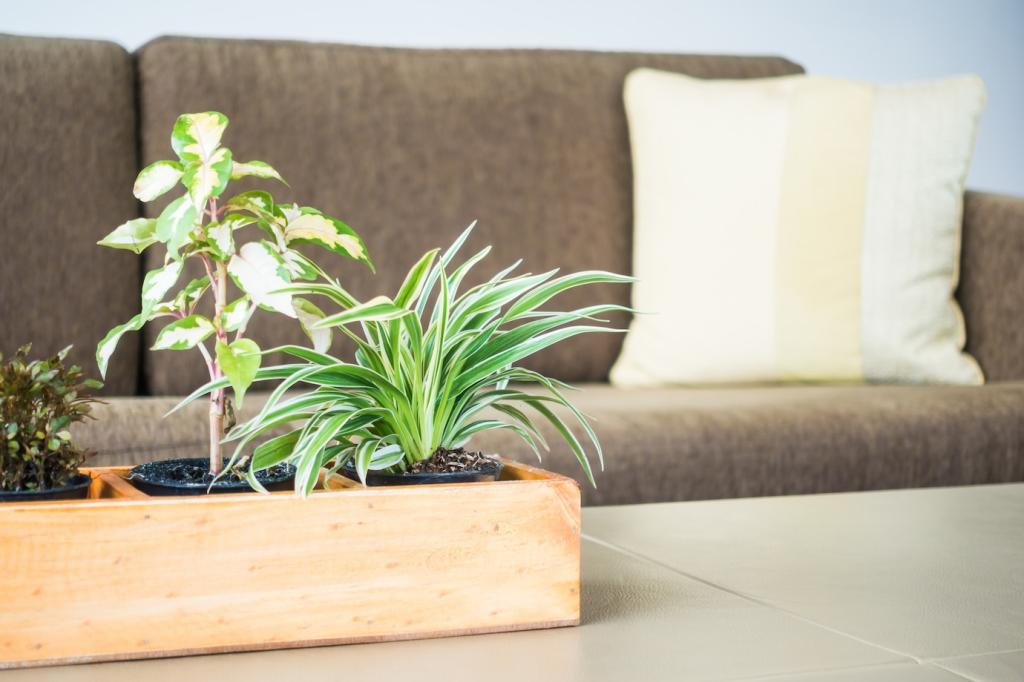
Eco-Friendly Furniture Choices for Modern Interiors
Embracing eco-friendly furniture is at the heart of designing modern interiors that are both stylish and responsible. Making environmentally conscious choices does not mean sacrificing design or comfort. Instead, it brings together sustainability and aesthetics for spaces that are visually stunning and ethically grounded. Whether refurbishing an entire home or selecting a few key pieces, opting for eco-friendly furniture allows you to lower your carbon footprint while creating inviting interiors. This guide explores everything you need to know about sustainable materials, innovative manufacturing methods, and mindful design inspirations for the modern era.
The Importance of Sustainable Materials
01
Reclaimed wood is salvaged from old structures, offering a second life to materials that might otherwise become waste. Each piece of reclaimed wood furniture brings a unique character, such as visible grains, knots, and timeworn textures, which cannot be replicated with new timber. Beyond aesthetics, using reclaimed wood greatly reduces deforestation and the energy required to process new lumber, making it a responsible and beautiful choice for modern interiors. Its history and individuality enrich spaces with warmth and a story, giving eco-conscious homeowners a way to make a style statement that supports the environment.
02
Bamboo stands out as one of the most sustainable materials for furniture due to its rapid growth rate. It matures in three to five years, far quicker than traditional hardwoods, making it a renewable resource that can be harvested without creating long-term damage to the environment. Bamboo furniture is lightweight, strong, and versatile, seamlessly fitting both modern and traditional aesthetics. Its natural resistance to pests and moisture adds to its functionality and appeal. As a material, bamboo mirrors the contemporary values of efficiency, innovation, and sustainability, making it especially attractive for those committed to green living.
03
Recycled metals such as aluminum and steel can be transformed into striking furniture pieces with a minimal environmental footprint. The process of recycling metals uses significantly less energy than mining and refining new ores, and the resulting materials are just as durable and stylish. Modern interior design often relies on clean lines and industrial touches, making recycled metal furniture an ideal complement. Choosing these pieces supports circular production cycles, reduces landfill waste, and offers a modern, urban edge to sustainable furnishings.
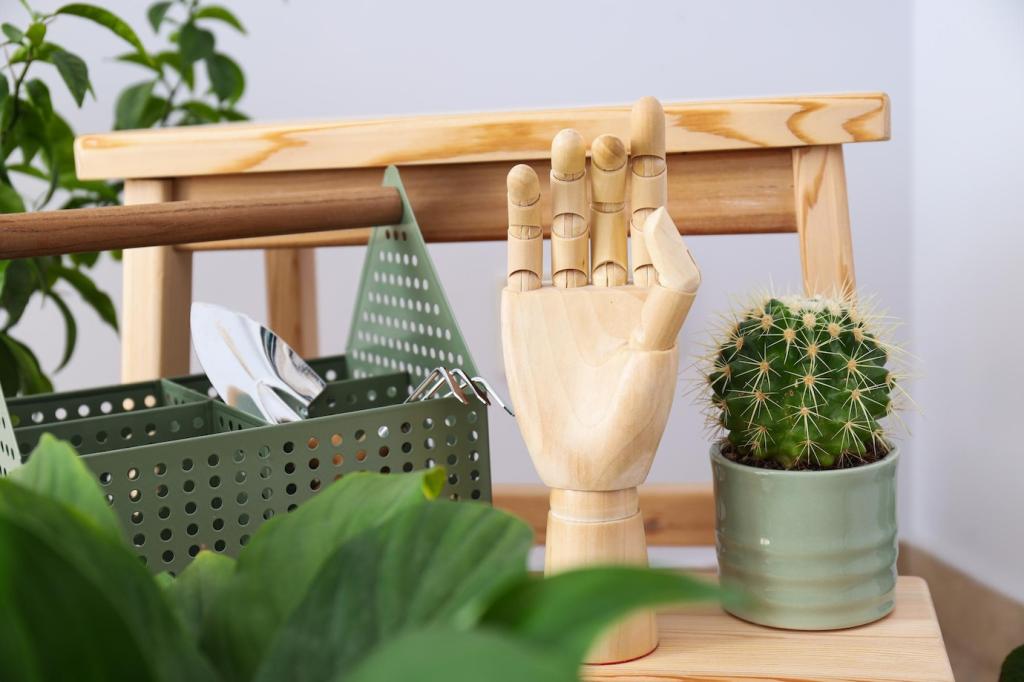
Water-Based Finishes: Safe and Subtle
Water-based finishes contain lower or zero VOCs compared to conventional oil-based products, making them a healthier option for your home. These finishes allow the natural beauty of the material to shine through while providing protection against wear and tear. Water-based formulas dry quickly and emit little to no odor during application, ensuring a more pleasant experience during installation and use. This makes them especially attractive to individuals sensitive to chemicals or households with children and pets. Choosing water-based finishes reflects a commitment to both environmental responsibility and personal well-being.
Plant-Derived Oils and Waxes: Natural Alternatives
Finishes derived from renewable sources like linseed oil, tung oil, or beeswax provide a natural way to preserve and enhance wooden furniture. These options penetrate deeply into the grain, offering moisture resistance and a velvety patina without introducing toxins to your living environment. Applying plant and wax-based finishes regularly can extend the life of a piece, maintaining its allure and function for decades. Their biodegradable nature means minimal impact on ecosystems at the end of the furniture’s life cycle. People seeking a non-toxic, authentic approach to furniture care will find these options both effective and satisfying.
Formaldehyde-Free Glues: Air Quality Matters
Many composite wood products are manufactured with adhesives containing formaldehyde, a harmful chemical linked to indoor air pollution. Innovations in glue technology have led to alternatives that are free from added formaldehyde and other hazardous substances. Using formaldehyde-free glues in eco-friendly furniture construction is critical for ensuring safe indoor environments, especially in compact, modern living spaces where air circulation may be limited. Health-conscious consumers are driving the demand for products labeled “CARB-compliant” or “Zero VOC,” further incentivizing manufacturers to adopt these safer practices.
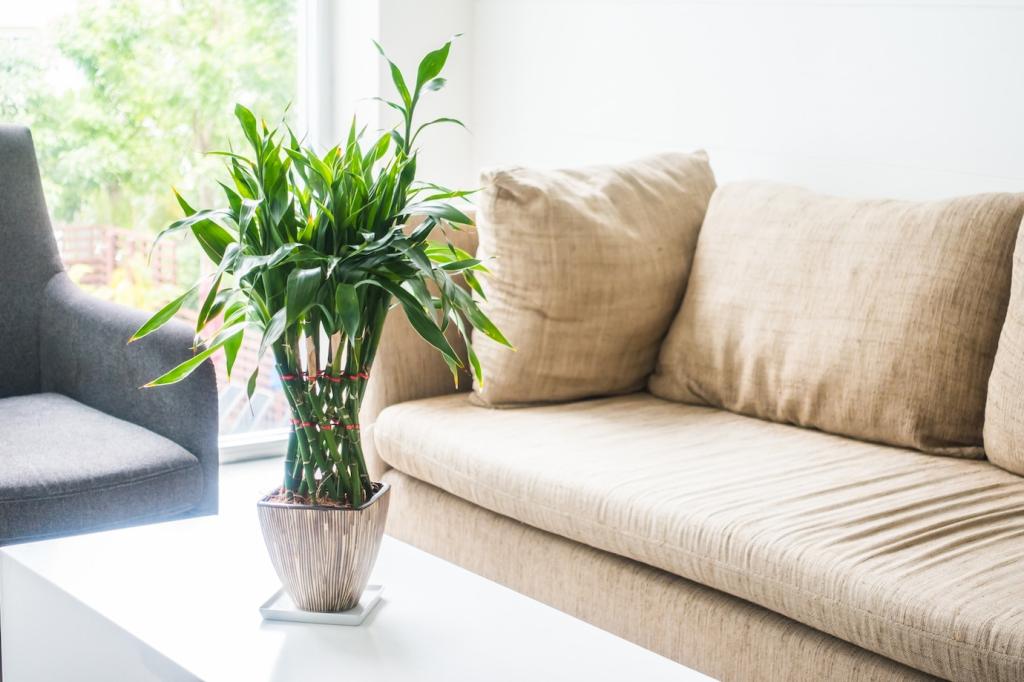
Multifunctional and Modular Designs
Space-Saving Solutions: Compact and Clever
In urban environments where living spaces are often smaller, space-saving furniture is not only practical but essential for sustainability. Items such as convertible sofas, extendable dining tables, or beds with built-in storage help maximize every square foot. By requiring fewer individual pieces to meet various needs, these designs naturally limit resource consumption and encourage a more intentional approach to ownership. Incorporating compact furniture also enables easy reconfiguration as lifestyles evolve, supporting long-term satisfaction and reduced waste.
Modular Systems: Customizable for Life
Modular furniture systems offer unparalleled flexibility—their components can be combined, rearranged, or expanded as families grow or spaces change. Many eco-friendly brands focus on modules that can be replaced or upgraded rather than discarded, extending the furniture’s lifespan. This adaptability aligns with current trends toward downsizing and sustainable consumption, allowing homeowners to invest in foundational pieces that endure through different life stages and tastes. Modular systems invite creativity while minimizing the need for constant replacement, supporting sustainability in both function and fashion.
Multipurpose Pieces: Efficient and Elegant
Pieces that fulfill several functions—such as an ottoman that provides seating, storage, and a coffee table surface—embody the ethos of efficient, thoughtful design. Multipurpose furniture reduces clutter and the environmental impact associated with producing, transporting, and disposing of multiple items. Well-designed multipurpose pieces can blend seamlessly with a range of interior styles, making them a favorite in contemporary homes where versatility is highly valued. These solutions show that eco-friendly living does not mean compromising comfort, style, or convenience.
Supporting Local and Artisanal Producers
When furniture is produced and purchased locally, the need for long-distance shipping is drastically decreased. This reduction in transportation requirements leads to a significant drop in associated carbon emissions. Moreover, local sourcing minimizes packaging waste and promotes a closer connection between creators and consumers. Choosing local products contributes directly to environmental goals while supporting regional economies, making this an impactful strategy for those committed to sustainability.
Previous
Next
Built to Last: Investment in Durability
High-quality craftsmanship and attention to detail ensure that eco-friendly furniture pieces withstand the test of time. Using robust joinery, solid materials, and tried-and-true techniques, these items often become heirlooms rather than disposable purchases. Investing in durable furniture supports the philosophy of buying less but buying better—a core principle of sustainability. It also allows for richer stories to be shared within families, as each piece accumulates a history of its own.
Timeless Aesthetics: Beyond Trends
Designers who focus on timeless principles—such as balanced proportions, neutral tones, and clean lines—create furniture that transcends fleeting fashions. These pieces remain visually appealing and compatible with evolving interiors, lessening the desire or need to replace them with every trend cycle. Choosing timeless designs is not only cost-effective over time but also significantly reduces the environmental impact of consumerism in the furniture sector.
Repairability and Upkeep: Extending Life Cycles
Furniture designed for easy repair and maintenance is inherently more sustainable, as it can be restored rather than discarded at the first sign of wear. Modular parts, readily available components, and simple construction methods enable owners to perform repairs themselves or with the help of local professionals. This focus on repairability makes it easier for furniture to adapt and endure, ensuring fewer pieces end up in landfills and promoting a culture of stewardship and care.
Embracing Circular Economy Principles
01
Upcycled and Repurposed Furniture: Creative Innovation
Upcycling transforms discarded or outdated items into new, functional pieces that add character and sustainability to any space. This creative process not only diverts potential waste from landfills but also challenges conventional ideas about value and usefulness. Upcycled furniture often tells a story, blending elements from different times and places into unique conversation pieces. For those looking to add originality and purpose to their interiors, upcycling offers a rewarding way to make eco-conscious choices with personality.
02
Take-Back and Reuse Programs: Closing the Loop
A growing number of furniture companies are introducing take-back programs that facilitate the return, refurbishment, or recycling of used products. These initiatives encourage consumers to think differently about disposal and reinforce a sense of responsibility for what happens at a piece’s end of life. Participation in reuse and take-back programs helps create a truly circular system where furniture continues to have value past its first or even second ownership. This aligns with modern interior design’s focus on resourcefulness, adaptability, and long-term thinking.
03
Remanufactured and Vintage Pieces: Reducing Demand for New Resources
Choosing remanufactured or vintage furniture brings several sustainability benefits. Remanufacturing renews older pieces to modern standards—often improving their functionality and extending their lifespan—without the need for entirely new raw materials. Vintage and antique items deliver both exceptional quality and character, frequently using techniques or materials no longer found in contemporary mass production. Integrating these types of furniture into modern interiors not only elevates design but also significantly reduces the demand for new resource extraction.
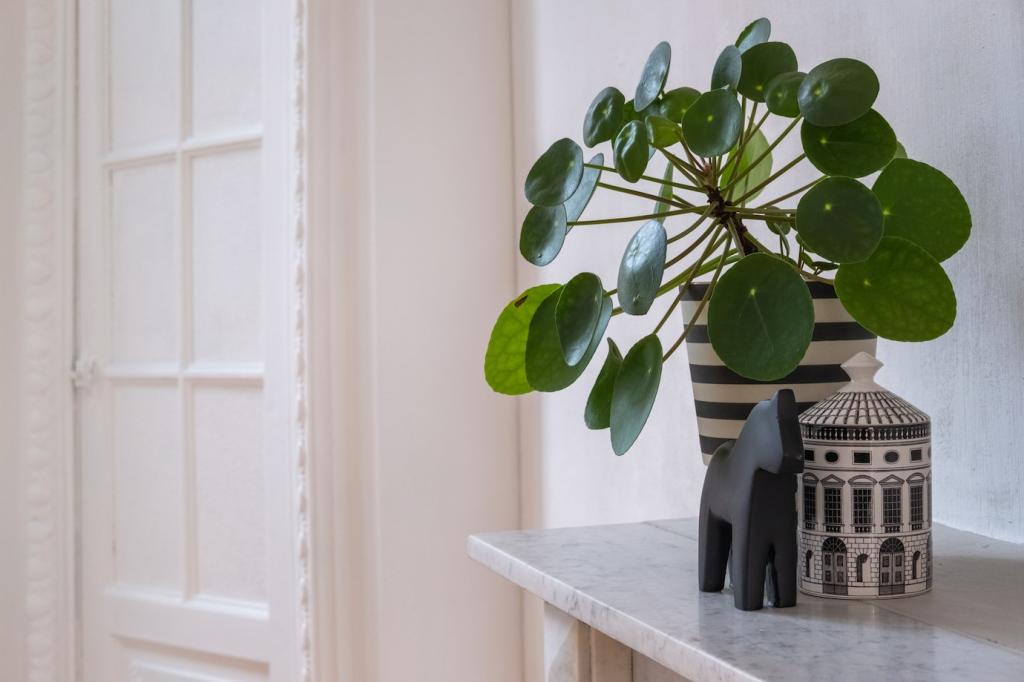
Reducing VOCs: Breathing Easier at Home
Volatile organic compounds (VOCs) emitted by conventional finishes, adhesives, and materials can compromise indoor air quality and affect occupants’ health. Opting for furnishings that are certified low- or zero-VOC helps create a safer home environment, especially important for children, the elderly, or individuals with allergies. Many eco-friendly pieces carry certifications such as Greenguard, ensuring they meet rigorous standards for air quality. This focus on minimizing chemical exposure reflects a growing awareness of the link between interior health and responsible design.
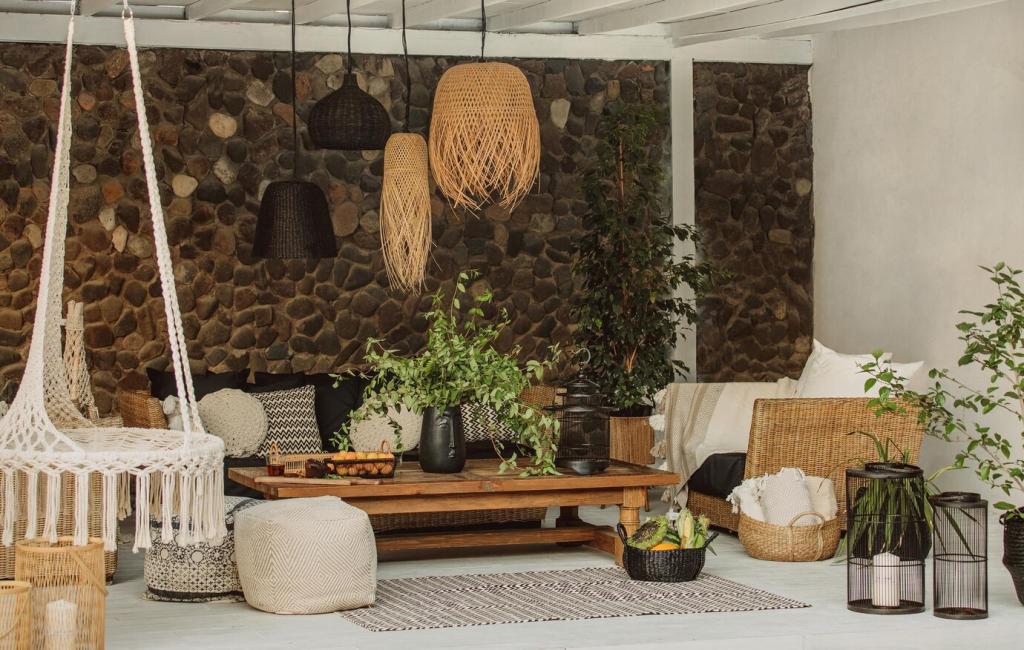
Allergen-Reducing Fabrics: Comfort for Sensitive Occupants
Fabrics made from natural fibers—such as organic cotton, linen, or wool—are less likely to harbor allergens or retain synthetic chemical residues. These materials are gently processed without harsh dyes or finishes, resulting in softer, more breathable textiles. For those dealing with allergies or skin sensitivities, choosing furniture upholstered in natural, untreated fabrics can make a significant difference in daily comfort and well-being. This approach integrates easily with broader strategies for creating healthy, sustainable homes.
